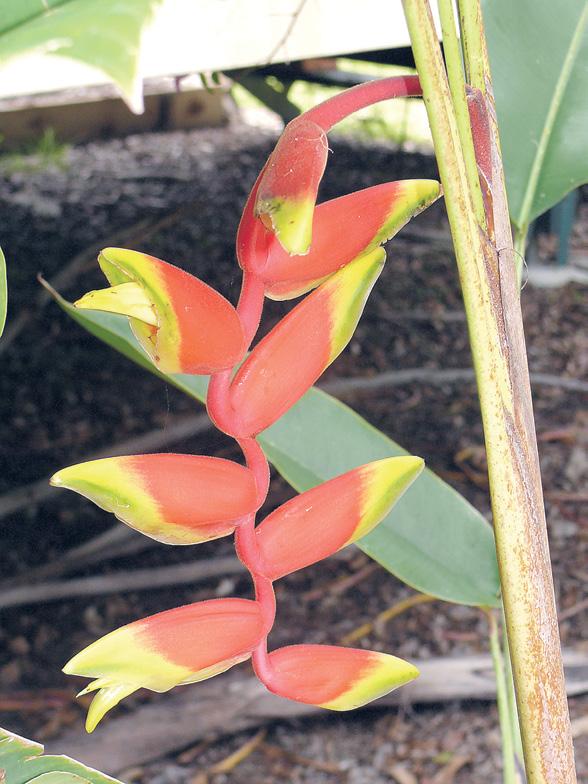
2 minute read
[New] Welcome back
HELLO everyone. Nice to be back for another year.
I hope your gardens have fared well over the holiday period.
I’ve had some losses – the large Grevillea ‘Sandra Gordon’ (a lovely native yellow flowering small tree) had to get the chop as it slumped down and was blocking an access way; and I’ve had some gains – the parrot’s beak heliconias are back and flowering like crazy.
Luckily the weeds have been kept at bay, except for Colombian
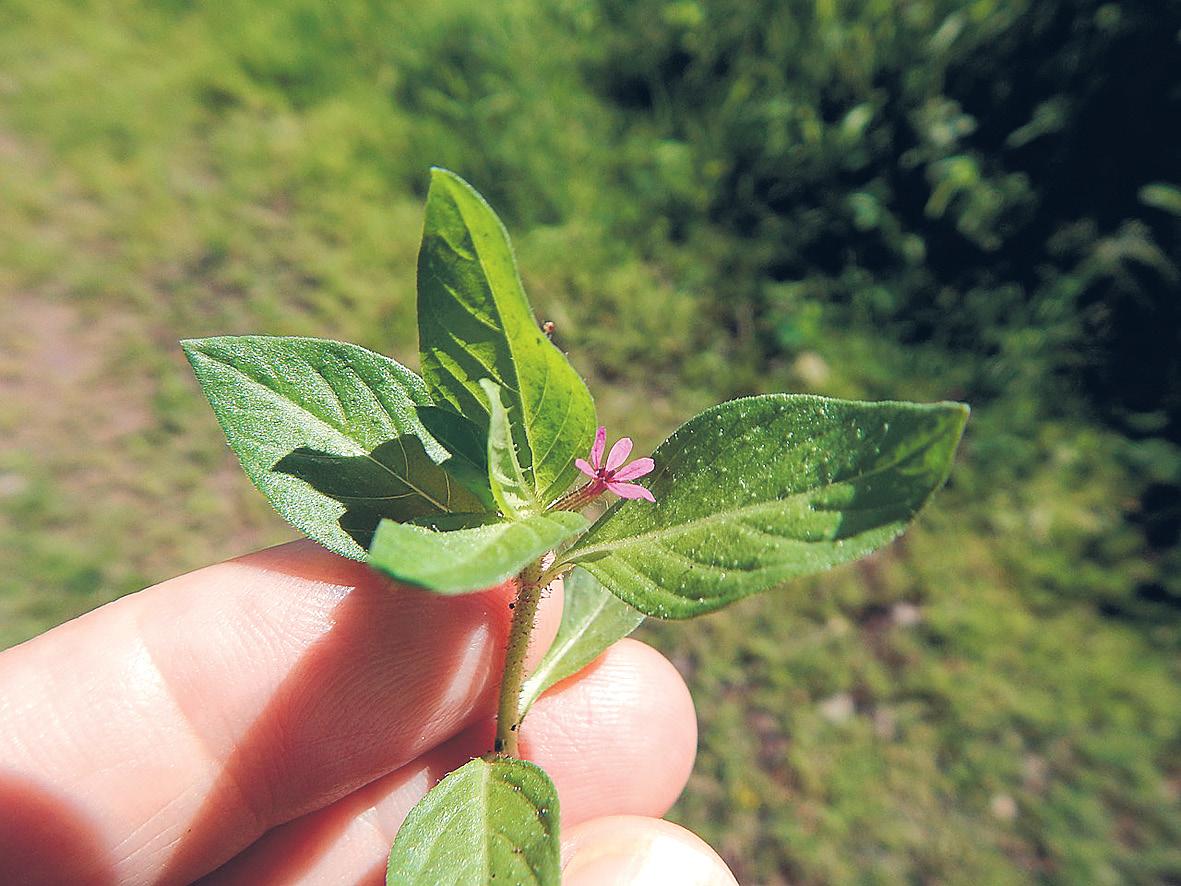
Waxweed (Cuphea carthagenensis). This is a relatively new arrival in Queensland and is spreading like wildfire… I’ll do a column on it in another edition so everyone knows what a blighter it is.
The warm and humid weather has meant that the lawn has been in over-drive. Combine this with the showery rains and it means that the supply of nutrients available to your grass may be getting a little low.
Now is a good time to feed your lawn with a light dressing of lawn fertiliser. It’s best to wait until showers are predicted to help wash it into the soil.
Not sure if it’s the regular rainfall (a polite way of saying lots!), but I’m certainly enjoying planting right now. At Forest Heart we’re often asked, “when is the best time to plant in this area?” to which I’d answer, “In SE QLD it’s always a good time to plant!” - but then again, we are selling you plants! But seriously, the trick to successful plant establishment is to avoid or at least plan for the extremes e.g., heat, flood, frost - these extremes are the main limiting factors to when you can plant successfully.
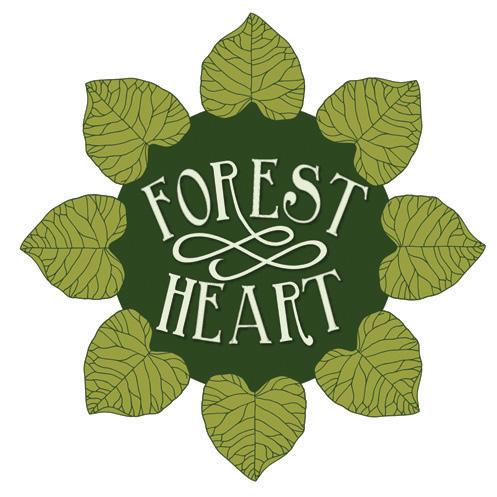
Which leads me back to the benefits of planting right now. The warmer temperatures and regular rainfall provide plenty of opportunities to be outdoors and enjoying the health and wellbeing benefits of gardening and working on the land. Planting now is gentler on the plants, with good moisture and less heat stress. Establish plants now with the good rainfall and so you can then enjoy their shade in just a few years. Plant today and reap the rewards in the months and years to come.
While you’re at it, bananas and citrus could probably do with the same – using a good citrus and fruit tree fertiliser.
In November I had an invasion of cabbage white butterflies in the veggie garden –and I mean hundreds.
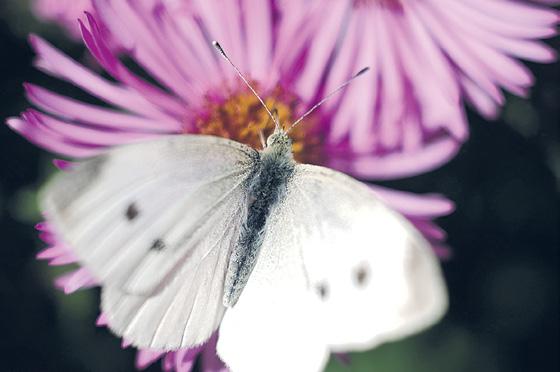
Within a fortnight their eggs had hatched and the thousands of little caterpillars had stripped all the leaves from the silverbeet, beetroot, long white radish, tatsoi and the last of my kale.
So out they came and into the bulk compost bins they went – and a covering of horse manure to heat it all up and kill the caterpillars.
And then just as quickly, the white butterflies disappeared and I’ve barely seen one since.
But just in case I’ve constructed a butterfly-proof enclosure over one whole garden bed to grow the leafy greens and other caterpillar attracting herbs and vegetables. It seems to be working and even keeping the green grasshoppers at bay.
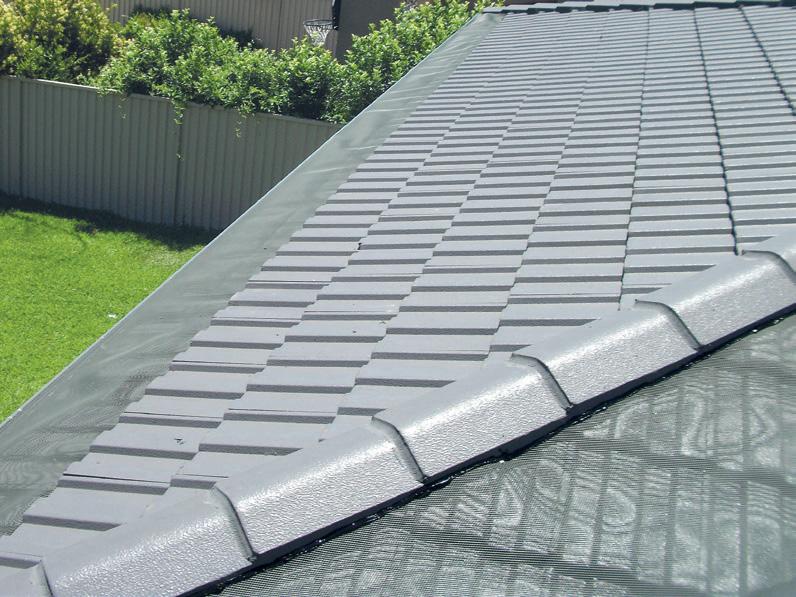
One of the big issues we may have to face in 2023 is the spiralling costs of living.
So, for the clever gardener this means that you are in the box seat as you can save money by growing your own fruit, vegetables and herbs.
Over the coming months I’ll share some of my tips and tricks for growing your own to help keep the household bills in check.
Another change we’ll have to deal with is the weakening La Nina weather pattern and the return to a drier and hotter El Nino cycle.
One positive is that we’re unlikely to have flooding rains as often. But on the downside it means higher likelihood of bushfires and dwindling tank water (if you’re not on town water like me).
Don’t forget, if you’ve got some gardening questions or problems – or just have something interesting you’d like to share, just send them it to me at GC&M News – either via post to PO Box 190, Beerwah, QLD, 4519; or email to reception@gcnews.com. au and I’ll see if I can help.

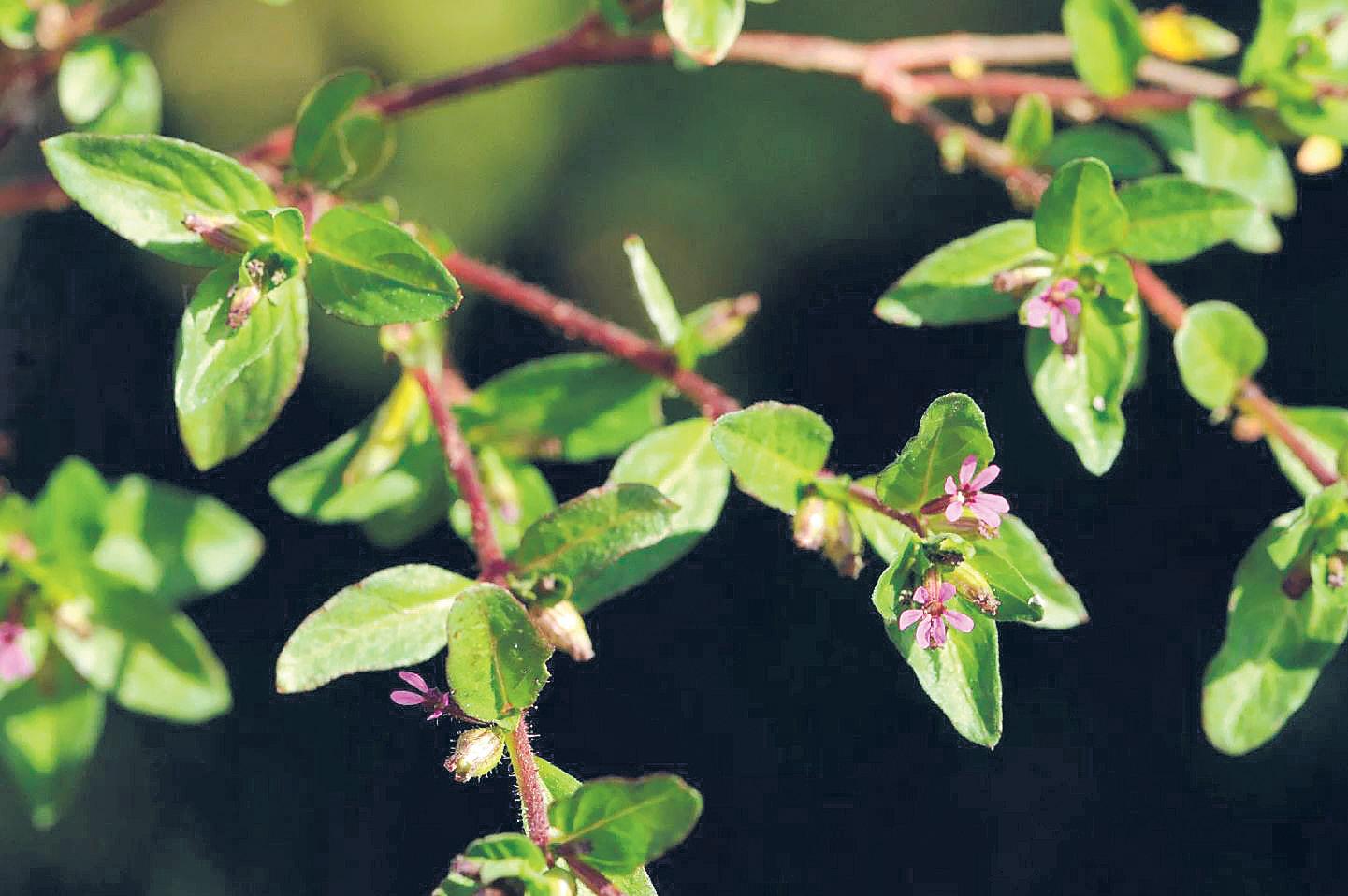
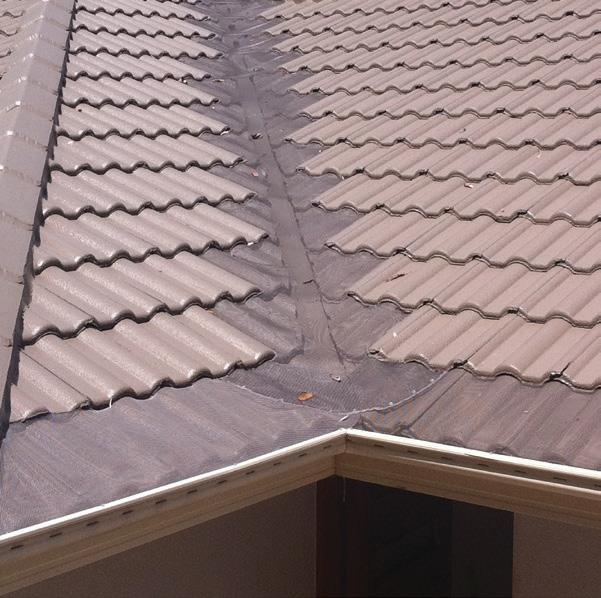
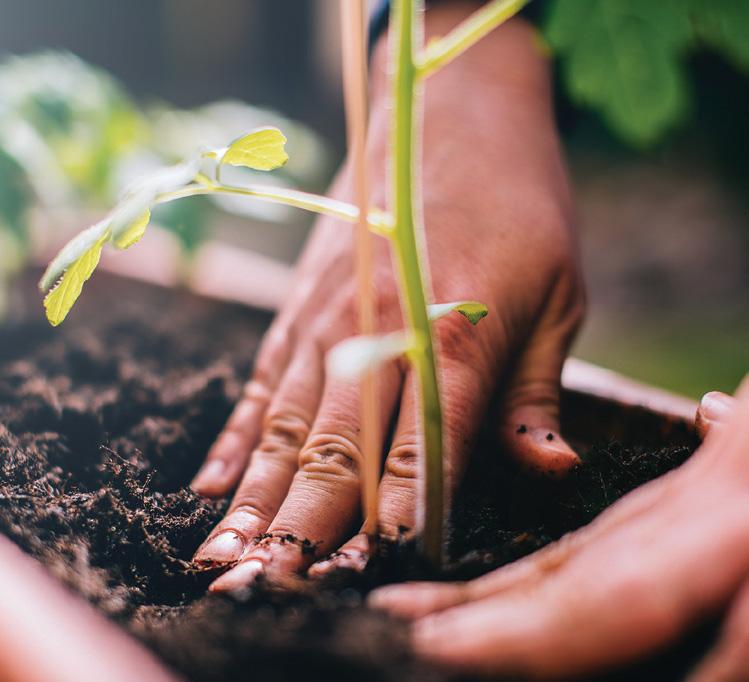

![[New] Hinterland property market resilient in the face of shifting market](https://assets.isu.pub/document-structure/230116030852-4ccb2cd44be525c6d71f86e62e8cfb82/v1/1d5991480a0e7497c6c8b10810340a7a.jpeg)








